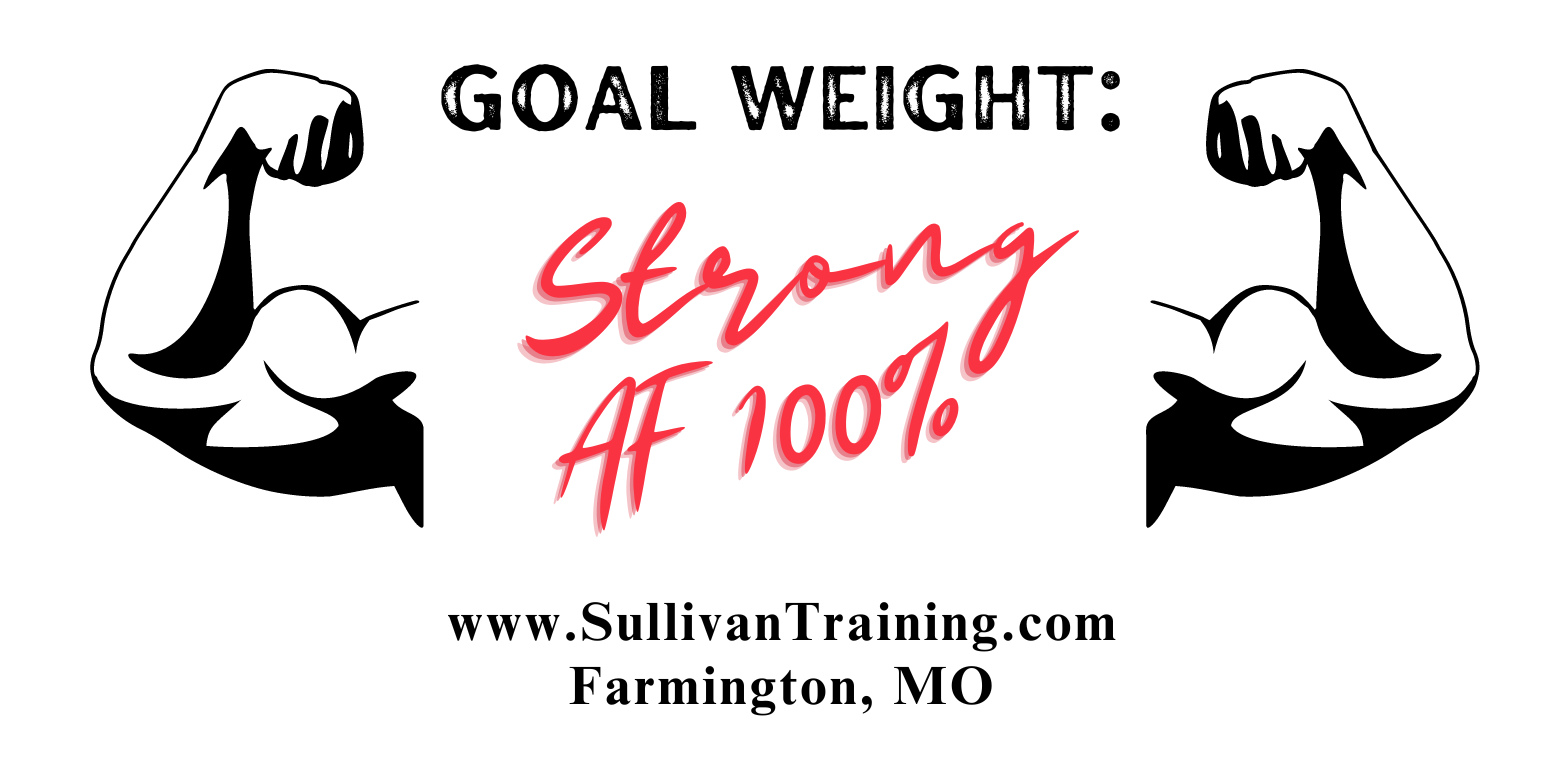Why Lifting Heavy Weights Burns Fat
Why Lifting Heavy Weights Burns Fat (and Won’t Bulk You Up!)

One of the biggest myths in fitness is that lifting heavy weights will automatically make you bulky. Many people, especially those trying to lose fat, avoid strength training because they fear gaining too much muscle mass. But here’s the truth: lifting heavy weights is one of the best ways to burn fat, and it won’t make you bulky unless you’re intentionally eating in a large caloric surplus.
The Science Behind Strength Training and Fat Loss
When you lift heavy weights—meaning a challenging load that you can lift for 4-8 reps with good form—you create a powerful metabolic effect. Here’s why:
- Increased Afterburn Effect (EPOC) – Lifting heavy increases Excess Post-Exercise Oxygen Consumption (EPOC), which means your body burns more calories even after you finish your workout. Strength training forces your body to repair and rebuild muscle tissue, which requires energy (calories).
- More Lean Muscle, Higher Metabolism – Muscle is metabolically active tissue, meaning the more muscle you have, the more calories you burn at rest. Unlike traditional “fat-burning” cardio workouts that burn calories only while you’re exercising, strength training helps you build muscle that keeps your metabolism elevated 24/7.
- Stronger, Not Bulkier – Muscle growth (hypertrophy) requires two things: heavy resistance training AND a caloric surplus (eating more calories than you burn). If you are in a slight caloric deficit with adequate protein, you will build strength and muscle tone without adding excessive mass. Instead of getting “bulky,” you’ll develop a lean, athletic look.
The Best Fat-Burning Workout: Metabolic Strength Training
If you want to burn fat effectively, you need a workout that combines strength and conditioning. Metabolic Strength Training (MST) is the perfect approach. This style of training includes:
✅ Heavy Strength Lifting – Prioritizing compound movements like squats, deadlifts, presses, and rows to build full-body strength.
✅ Shorter Rest Periods – Keeping rest times between sets moderate (30-60 seconds) to maintain an elevated heart rate and calorie burn.
✅ Explosive Movements – Adding power exercises like kettlebell swings, sled pushes, or medicine ball slams for increased metabolic demand.
✅ Minimal Isolation Work – Focusing on multi-joint movements that recruit more muscle fibers and burn more calories.
The Key to Fat Loss: Strength Training + Nutrition
Lifting heavy alone won’t make you lean—your diet plays a crucial role. To burn fat effectively while preserving lean muscle, follow these nutrition principles:
✔ Slight Caloric Deficit – Eat slightly fewer calories than you burn (not a drastic deficit, which can slow metabolism and lead to muscle loss).
✔ Adequate Protein Intake – Consume at least 0.7-1g of protein per pound of body weight to support muscle repair and recovery.
✔ Balanced Macronutrients – Prioritize whole foods, quality carbs for energy, and healthy fats for hormone balance.
✔ Hydration & Recovery – Drinking enough water and prioritizing sleep helps with fat loss and muscle recovery.
Final Thoughts: Lift Heavy, Get Lean
If your goal is to burn fat and get toned, lifting heavy weights should be your go-to method—not endless cardio or light-weight, high-rep workouts. Strength training creates a powerful metabolic effect that helps you burn calories long after your workout, while a well-balanced diet ensures fat loss without losing muscle.
At Sullivan Personal Training, we specialize in Metabolic Strength Training to help our clients build strength, boost metabolism, and achieve a lean, strong body. Ready to start lifting heavy the right way? Let’s get to work!



